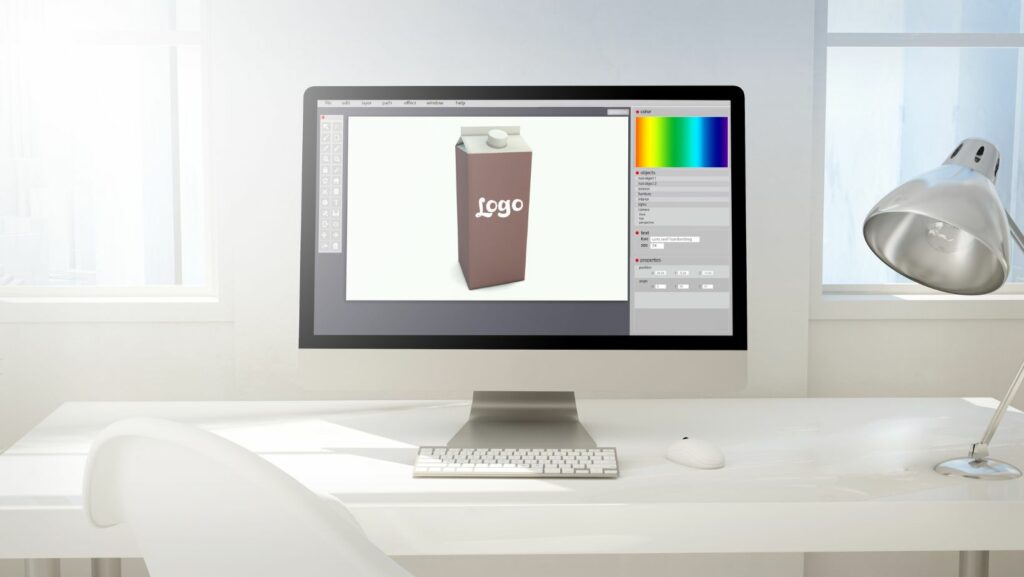In today’s fast-paced market package design can make or break a product’s success. Brands need to captivate consumers at first glance and that’s where package design software steps in. These tools empower designers to create eye-catching and functional packaging that not only stands out on shelves but also communicates the brand’s message effectively.
From 3D modeling to virtual prototyping package design software offers a range of features that streamline the design process. Whether it’s a small startup or a large corporation having the right software can save time reduce costs and ensure a product’s packaging is both innovative and practical. Dive into the world of package design software and discover how it can elevate your brand’s packaging to new heights.
Package Design Software
Package design software assists designers in creating, evaluating, and refining packaging. It provides digital tools that streamline packaging design, incorporating visual and functional elements to attract consumers and convey brand messages. These tools often include 3D modeling, virtual prototyping, and graphic design capabilities.
- 3D Modeling: Enables designers to create three-dimensional representations of packaging, offering a clearer visualization of the final product.
- Virtual Prototyping: Allows for digital testing and iteration of packaging designs, reducing the need for physical prototypes and speeding up the design process.
- Graphic Design Tools: Includes functionalities for crafting visual elements like logos, text, and images directly onto packaging designs.
- Usability: Offers intuitive interfaces that cater to both novice and experienced designers, enhancing productivity and creativity.
- Integration with Printing Technologies: Supports compatibility with various printing techniques, ensuring high-quality production outputs.
Key Features to Look For

When choosing package design software, specific features significantly impact the efficiency and quality of the design process. Key features to consider include usability, design tools, collaboration features, and output formats.
Easy-to-navigate interfaces streamline the design process. Intuitive controls reduce the learning curve, enabling designers to focus on creativity. Software with customizable workspaces enhances productivity. Programs should offer user-friendly onboarding resources, such as tutorials and customer support.
Design Tools
Robust design tools are essential for creating precise and attractive packaging. These tools include:
- 3D Modeling: Allows detailed visualization and rotation of packaging designs.
- Virtual Prototyping: Simulates real-world usage scenarios, highlighting potential issues early.
- Graphic Design Capabilities: Extensive libraries of fonts, colors, and templates offer versatile design options.
- CAD Integration: Ensures accurate measurements and structural integrity of packaging designs.
Collaboration Features
Efficient collaboration tools enable teams to work cohesively, regardless of location. Features should include:
- Cloud Storage: Securely stores and shares project files.
- Real-time Editing: Allows multiple users to edit designs simultaneously, ensuring that changes are immediately visible to all team members.
- Commenting and Annotation: Facilitates clear communication and feedback within the design process.
- Vector Files: Essential for scalable design elements without losing quality.
- High-Resolution Images: Provides print-ready quality for professional production.
- PDFs: Commonly used for sharing and reviewing designs.
- Industry-standard Formats: Ensures smooth transitions between different stages of production and various stakeholders.
Pros and Cons of Each Software
Different package design software offers varied features, benefits, and drawbacks. Evaluating these can help identify the best fit for specific design needs and workflows.
Pros:

- Vector Graphics Mastery: Excels in creating scalable vector graphics, ensuring high-quality output.
- Creative Cloud Integration: Seamlessly integrates with other Adobe tools like Photoshop and InDesign, boosting productivity.
- Wide Range of Tools: Extensive set of advanced design tools enables intricate and detailed designs.
Cons:
- Learning Curve: Steep learning curve for beginners can hinder quick adoption.
- Costly Subscription: Monthly subscription fees can be expensive, particularly for small teams or individual designers.
CorelDRAW
Pros:
- Versatile Design Tools: Offers a robust suite of tools for vector illustration, photo editing, and layout design.
- User-friendly Interface: Ergonomically designed interface facilitates ease of use, even for beginners.
- File Format Support: Supports a broad range of file formats, enhancing compatibility with various design and production processes.


